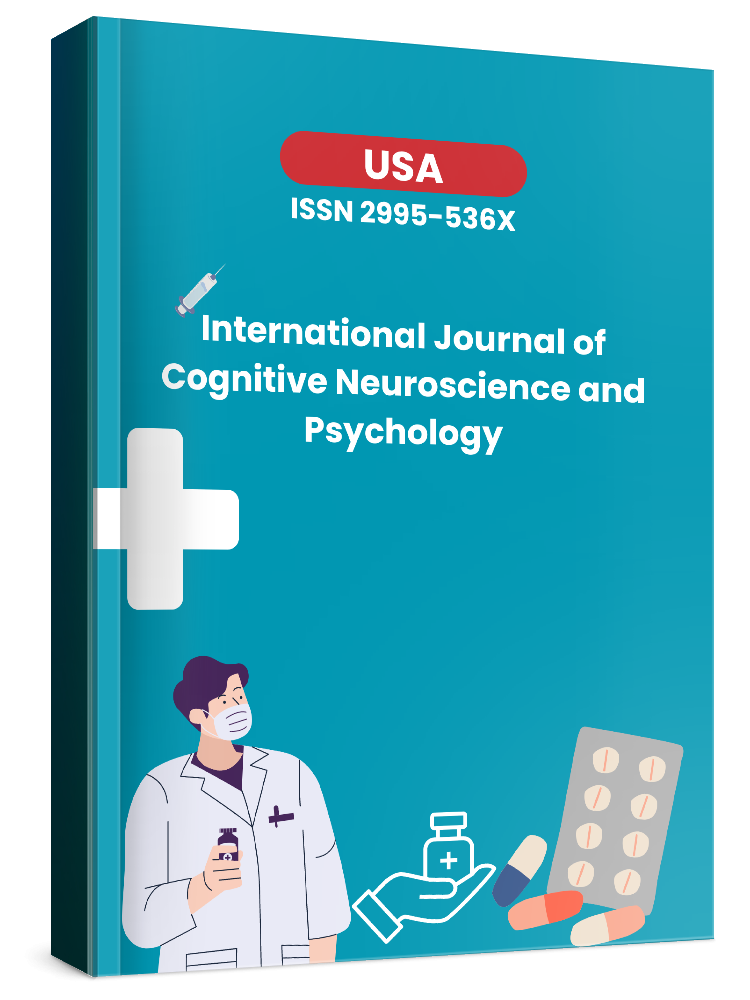Abstract
Although the use of removable (plate) dentures plays an important role in restoring function and aesthetics for completely or partially edentulous individuals, their continuous use leads to a number of microphysiological and microbiological changes in the oral cavity. These changes are dynamic and interrelated processes formed by both the mechanical impact of the denture and the body’s adaptive mechanisms.
At the microbiological level, the biofilm formed on the surface of dentures gradually develops into a complex microbiome structure. The proliferation of Candida albicans and various bacterial species within this biofilm causes an imbalance among microorganisms — dysbiosis. Dysbiosis can lead not only to local infections but also to alterations in systemic immune responses. This, in turn, contributes to chronic inflammation, hyperemia, and atrophic changes in the tissues that are in constant contact with the denture.
Overall, the use of removable dentures induces complex microbiological, physiological, and immunological changes in the oral cavity. Managing these changes requires a multidisciplinary approach — including the improvement of denture technology, patient education, and reinforcement of preventive care — to achieve optimal results, ensuring both the functional longevity of the denture and the long-term preservation of the patient’s oral health.
References
1. O’Donnell LE et al. PLOS ONE, 2015 — Oral microbiome of denture wearers
2. Ribeiro AB et al. Antibiotics, 2022 — Denture-related stomatitis remission
3. Kouadio AA et al. Lasers in Medical Science, 2013 — Palatal mucosa blood flow in denture wearers
4. Bošković M et al. Medicina, 2024 — Oxidative stress markers in denture users
5. Chen J et al. Interface Royal Society, 2015 — Biomechanics of oral mucosa
6. Gonda T, Ikebe K, Ono T, Nokubi T. Effect of magnetic attachment with stres breaker on lateral stres to abutment tooth under overdenture. J Oral Rehabil 2004;31:1001-6.
7. Carlsson GE. Implant and root supported overdentures – a literature review and some data on bone loss in edentulous jaws. J Adv Prosthodont 2014;6:245-52.
8. Bansal SB, Aras MA, Chitre V. Tooth supported overdenture retained with custom attachments. J Indian Prosthodont Soc 2014;14:283-6.
9. Jenkins G. Precision attachments: A link to successfull restorative treatment. 1st ed. Leipzig; Quintessence Publishing Co.: 1999.



